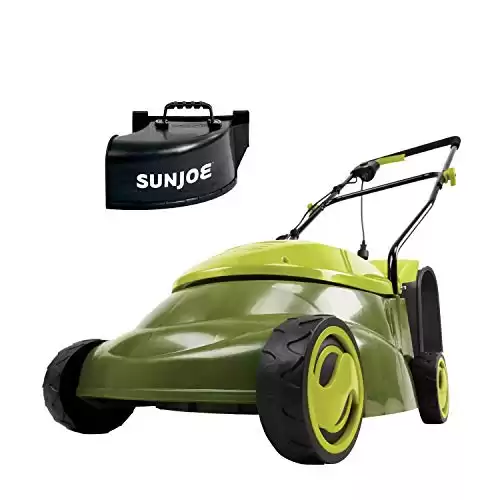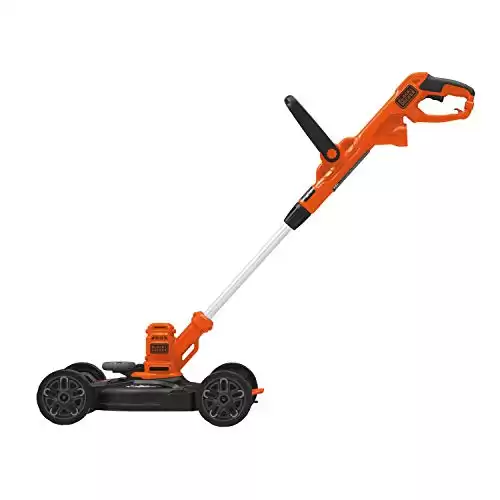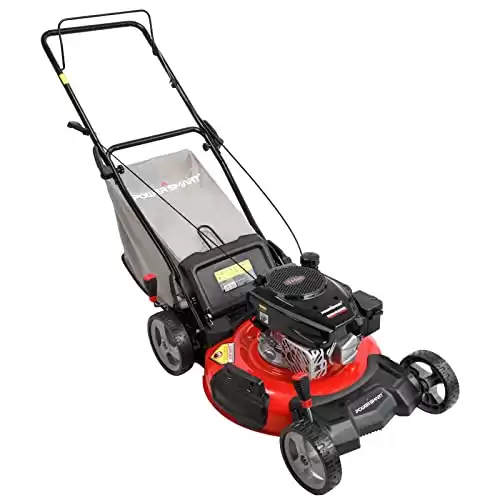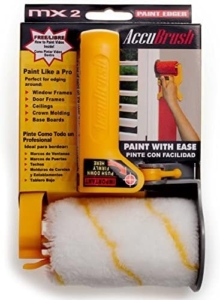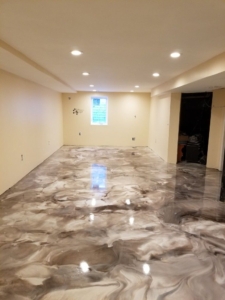Seasonal Lawn Maintenance: A Year-Round Plan
A beautifully manicured, lush green lawn is the pride of any homeowner. However, achieving and maintaining such a lawn requires consistent effort and attention throughout the year. Seasonal lawn maintenance is the key to ensuring your yard remains healthy, vibrant, and inviting. In this blog, we will provide you with a year-round plan to keep your lawn in top shape, helping you create an oasis of natural beauty right in your own backyard.
Seasonal Lawn Maintenance Schedule
Spring Lawn Maintenance:
As winter retreats, and signs of new life emerge, it’s time to kickstart your lawn maintenance routine. Here’s what you should focus on during the spring season:
1. Raking and Aeration:
Start by raking your lawn to remove debris and dead grass, allowing fresh air and sunlight to reach the soil. Consider aerating the soil to enhance water and nutrient absorption, improving overall root health.
2. Seeding and Fertilizing:
Repair any bare spots by overseeding with a suitable grass variety. Apply a slow-release, balanced fertilizer to provide essential nutrients for growth and greenery.
3. Weed Control:
Combat emerging weeds by applying pre-emergent herbicides. This step is crucial to prevent weed seeds from germinating and taking over your lawn.
Summer Lawn Maintenance:
With the arrival of summer, it’s time to focus on maintaining the health and resilience of your lawn during the hot and dry months. Follow these steps:
1. Watering:
Adjust your watering schedule to provide your lawn with deep, infrequent watering sessions, preferably in the early morning. This helps the roots grow deeper and strengthens the grass.
2. Mowing:
Raise the height of your lawnmower blades to encourage stronger root growth and shade the soil, reducing water evaporation. Regular mowing, ensuring you never remove more than one-third of the grass height, will keep your lawn looking neat and healthy.
3. Pest Control:
Be on the lookout for common pests such as grubs, chinch bugs, and armyworms. Treat affected areas promptly with appropriate pest control measures.
Fall Lawn Maintenance:
As the temperature begins to cool down, it’s time to prepare your lawn for the upcoming winter months. Focus on the following tasks:
1. Raking and Leaf Removal:
Clear fallen leaves from your lawn promptly to prevent suffocation and the formation of mold or fungus. Consider using the collected leaves for composting.
2. Fertilizing:
Apply a fall-specific fertilizer to provide essential nutrients that will support root development and help your lawn survive the winter.
3. Aeration and Overseeding:
Aerate the soil once more in the fall to alleviate compaction and enhance oxygen circulation. Follow up with overseeding to thicken your lawn and fill in any sparse areas.
Winter Lawn Maintenance:
During the winter, your lawn may be dormant, but that doesn’t mean you should neglect it entirely. Take these steps to prepare for a strong comeback in spring:
1. Lawn Equipment Maintenance:
Clean and properly store your lawnmower, trimmer, and other equipment to ensure they are in good condition for the next season.
2. Winter Protection:
Keep heavy foot traffic to a minimum on frozen or snow-covered lawns to avoid damage. Remove any debris or objects that may inhibit spring growth.
Here is a list of typical equipment needed for lawn care:
1. Lawn mower (push mower, self-propelled mower, or riding mower)
2. Trimmer or edger for precision cutting along edges and obstacles
3. Leaf blower or rake for clearing leaves and debris
4. Sprinkler or irrigation system for watering the lawn
5. Hose and watering nozzle for manual watering
6. Fertilizer spreader for even distribution of fertilizers
7. Weed trimmer or brush cutter for tackling weeds and tall grass
8. Garden rake for leveling soil and removing thatch
9. Lawn aerator for improving soil compaction and water absorption
10. Hand tools (shovel, spade, trowel) for gardening and small-scale landscaping tasks
11. Pruning shears or hedge trimmers for trimming shrubs and bushes
12. Soil testing kit to assess soil quality and nutrient levels
13. Wheelbarrow or garden cart for transporting heavy materials
14. Sprayers for applying herbicides, pesticides, or liquid fertilizers
15. Safety equipment (gloves, goggles, ear protection) for personal safety during lawn care tasks.
These are general equipment commonly used for lawn maintenance. The specific equipment needed may vary based on the size of the lawn, landscaping features, and individual preferences.
|
$229.99
|
$89.00
|
N/A
|
Seasonal Lawn Maintenance Apps
There are several mobile apps available that can assist you in managing your lawn maintenance schedule. Here are a few popular options:
1. LawnGuru: This app connects you with local lawn care professionals who can provide regular maintenance services based on your customized schedule and preferences.
2. LawnStarter: With LawnStarter, you can schedule lawn mowing, fertilization, weed control, and other services directly from your phone. They offer on-demand and recurring maintenance options.
3. iScape: Although primarily a landscaping design app, iScape also offers features to help you manage your lawn maintenance schedule. You can set reminders for tasks like mowing, watering, and fertilizing.
4. My Lawn: Developed by Scotts, My Lawn app provides personalized lawn care plans based on your location and grass type. It includes a maintenance schedule, reminders, and helpful tips for achieving a healthy lawn.
5. Yardbook: Yardbook is a comprehensive lawn care management app that allows you to schedule and track tasks, manage client information (if you’re a professional), and access weather information for your area.
6. GreenPal: GreenPal connects you with local lawn care providers and allows you to schedule and manage services through their app. You can also receive quotes and pay securely within the platform.
These apps can help simplify and organize your lawn maintenance tasks, provide reminders, and offer expert advice tailored to your specific needs. Remember to research and choose an app that aligns with your requirements and is available in your region.
FAQs about Seasonal Lawn Maintenance:
1. Q: When is the best time to start my lawn maintenance routine?
A: Spring is the ideal time to kickstart your lawn maintenance routine and prepare it for the growing season.
2. Q: How often should I water my lawn during the summer?
A: It’s best to water your lawn deeply and infrequently, providing about 1-1.5 inches of water per week, preferably in the early morning.
3. Q: How frequently should I mow my lawn during the summer?
A: Regular mowing is important during the summer, aiming to mow no more than one-third of the grass height and maintaining a taller grass height to promote healthier root growth.
4. Q: What is the purpose of aerating my lawn?
A: Aeration helps to alleviate soil compaction, allowing air, water, and nutrients to reach the roots more effectively, promoting healthier grass growth.
5. Q: How do I determine the right type of grass seed for overseeding?
A: Consider factors such as your local climate, soil type, and sunlight conditions to choose a grass seed variety that will thrive in your specific region.
6. Q: Is it necessary to remove fallen leaves from my lawn during the fall?
A: Yes, removing fallen leaves is important to prevent suffocation, mold, and fungus growth on your lawn. You can use the collected leaves for composting.
7. Q: Do I need to fertilize my lawn in the fall?
A: Yes, applying a fall-specific fertilizer will provide essential nutrients that support root development and help your lawn survive the winter.
8. Q: How can I prevent weeds from overtaking my lawn?
A: Applying pre-emergent herbicides in the spring and maintaining a healthy, well-fertilized lawn can help prevent weed growth.
9. Q: What should I do to protect my lawn during the winter?
A: Minimize foot traffic on frozen or snow-covered lawns and remove debris or objects that can hinder spring growth.
10. Q: Should I adjust my lawn maintenance routine based on my specific grass type?
A: Yes, different grass types have unique requirements, so it’s essential to tailor your maintenance routine accordingly. Research your specific grass type for best practices.
Note: When implementing lawn maintenance practices, it’s always a good idea to consider local regulations and guidelines.
Summary: Seasonal Lawn Maintenance
Maintaining a lush green lawn throughout the year requires dedication and a well-thought-out plan. By following this year-round approach to lawn maintenance, you’ll set yourself up for success. Remember to adapt your strategy based on your specific grass type, regional climate, and local regulations. With consistent care, your lawn will reward you with a vibrant, healthy, and envy-inducing landscape for years to come. Happy gardening!


